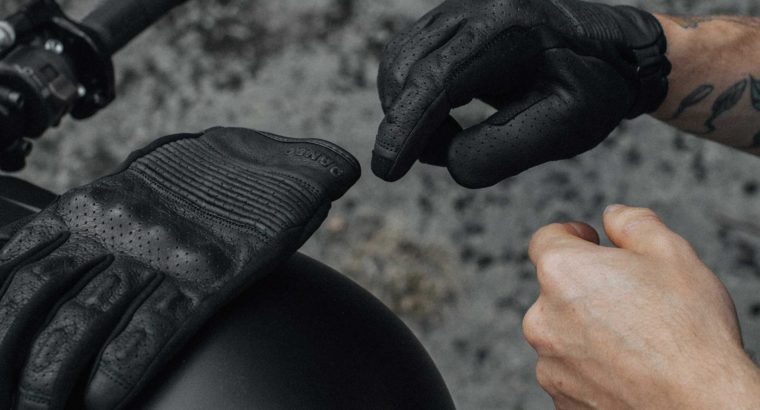Top Safety Gear When Riding A Motorcycle
Many countries promote motorcycle safety by using personal protective equipment (PPE) such as protective clothes and helmets. Some of the most recommended protective apparel are jackets, gloves, boots, pants, and even eyewear such as goggles or shades.
The most common gear that we hear and read about are motorcycle jackets. We cannot blame big manufacturing companies for doing such promotions since they have spent time, effort, and money designing and creating what would most protect a motorcycle rider.
Jackets are usually made of leather or manufactured textiles such as Cordura or Kevlar and have pads on the elbows, spine, and shoulders. Riders feel the most protection from wearing this type of clothing, not to mention helmets’ protection.
Kevlar is a popular material used in motorcycle protective gear. Boots are also in-demand, and as the ever-reliable rider always says, reinforcement and plastic caps on the ankle and toe sections in boots are just as essential and are specifically designed for sports riding.
While we often see suggested motorcycle clothing for safety and protection, there are also accessories worth having as a rider.
- Gloves
Leather motorcycle gloves are the most common type of accessory. A pair of gloves is equally important to protect your hands from accidents. It is recommended to use gloves made of leather or Kevlar with reinforced palms to protect the rider from abrasion. For complete hand protection, the ones with carbon fiber knuckle protection and gauntlets are also recommended to protect the fingers and wrists. It is also a protection for any climate, cold or warm.
There are two types of protective gloves to choose from. There are the touring gloves and the racing gloves.
Touring gloves have advanced insulating materials and waterproof and breathable fabric. While racing gloves are usually made with titanium and carbon plates to protect the knuckles and finger joints. The pre-made curved finger slots also make it comfortable to wear, but take note that there is only one slot for the pinky finger and ring finger. This is to prevent over-flexed injury during a collision. Other protection is for the hand’s heel, back, and other vulnerable areas.
- Armor
Armor is vital as it increases the chances of surviving an accident. The most common form of armor was high-density foam. Lately, more versions using viscoelastic material have become popular in the market. It is fitted into the shoulders, elbows, back, hips, and knees of motorcycle clothing.
Motorcycle riders may also wear separate protectors for the chest and back for extra protection. The key to wearing these additional armor vests or pants is that they must fit snugly and comfortably as an extra layer of clothing since you are wearing them under. To know how you would feel wearing them, take your riding jacket and try the armor on before buying.
- Goggles
You may always add supplementary eyewear to give eye protection for all conditions, whether you plan to ride with a full face or another type of helmet. Standard sunglasses aren’t impact-resistant, and they won’t shield your eyes from something falling behind the lens and into your eye. Therefore you must opt for protective goggles instead.
While riding, motorcycle goggles shield the eyes from dust, wind, and debris. The most valuable part is that it comes with anti-fog treatment and UV protection – things you wish you had with regular sunglasses. For extreme riding like motocross, the foam rim seals against the face, and the multilayer, tinted lenses adjust to changing light conditions.
The padding protects against debris infiltration without affecting your peripheral view for impact protection. You can also choose ones that fit, like sunglasses that stay put on your head, and they also come in various exciting styles to match your favorite riding gear.
- Earplugs
Although motor engines might make a lot of noise, some are unaware that the wind you’re exposed to inside your helmet can cause hearing loss.
Even when wearing a helmet, your ears are continually exposed to loud sounds. You can protect your ears by wearing earplugs.
Earplugs don’t have to be expensive, and you can get a good deal on a universal pack at the grocery store. They’ll lessen the white noise (also known as static) caused by the wind rustling your helmet. It will also help reduce traffic noise, but not to the point where you feel unsafe or unable to hear what is going on around you.
Safety and protection must also be a priority when riding a motorcycle. Remember that there are varieties of accessories you can find in the market, but make sure that you choose appropriate ones for your needs and riding comfort.
